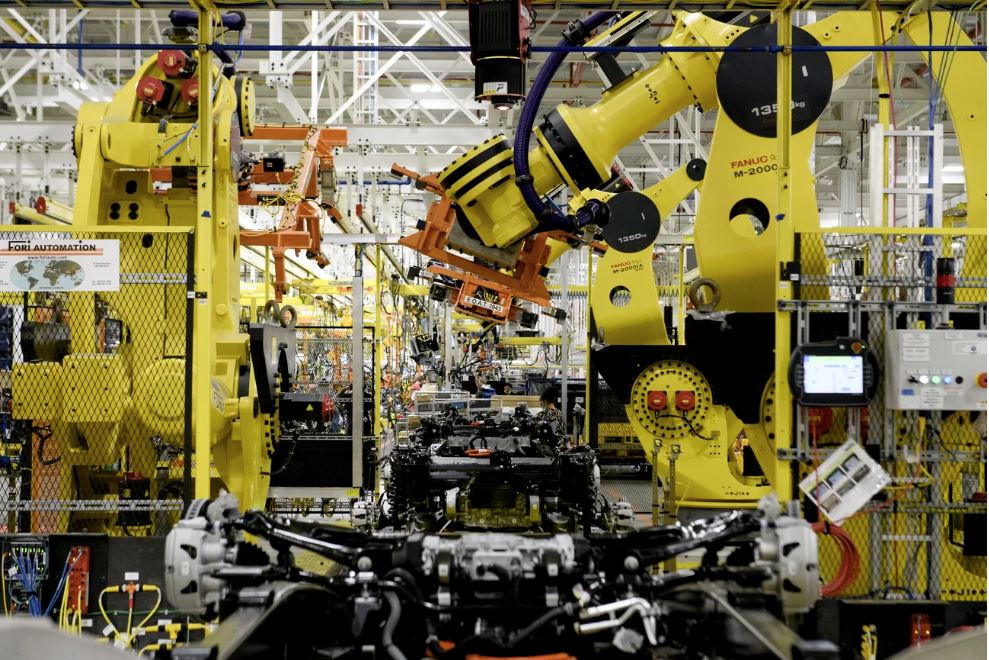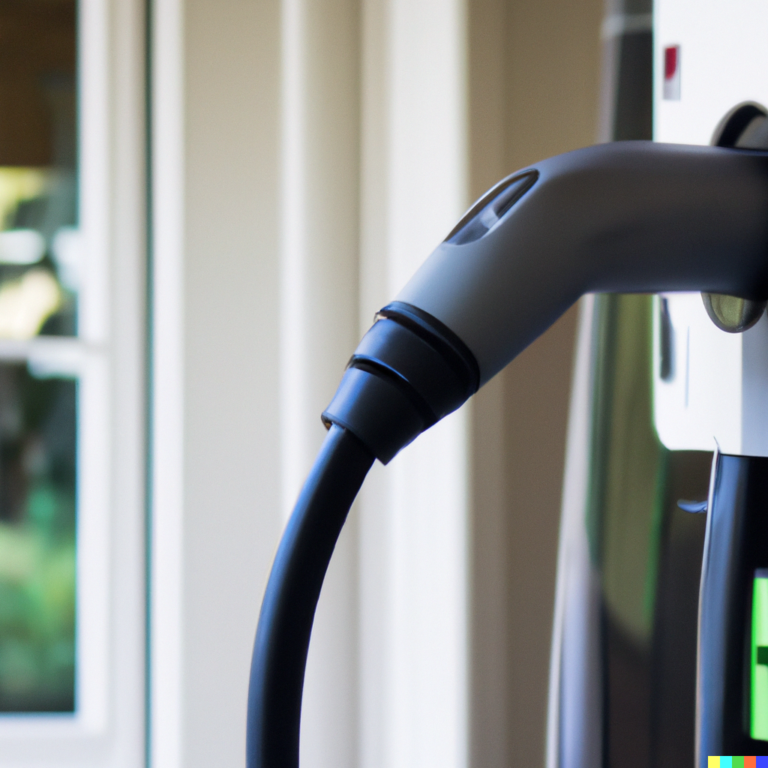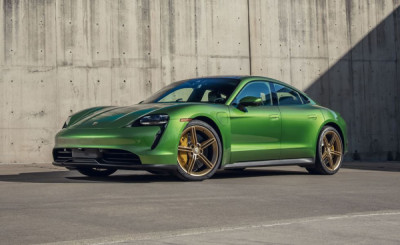
How are Electric Vehicles Transforming the Automotive Market?
One of the most significant trends in the automotive industry today is the electrification of vehicles. This shift towards electric cars, trucks, and buses is being driven by a number of factors, including concerns about climate change, air pollution, and the high cost of gasoline. Electric vehicles tend to be more efficient than their gasoline-powered counterparts, and they emit no tailpipe pollutants. Additionally, advances in battery technology are making electric vehicles increasingly affordable. As a result, an increasing number of automakers are investing in electric vehicle programs.
Every automaker in the world has been spurred to change their vehicle portfolios because of the trend of countries targeting bans on gasoline and diesel vehicles. With this shift in policy and consumer behavior, automakers must adapt their products and strategies in order to stay competitive. Electric vehicles offer many benefits over traditional gasoline-powered cars, such as improved fuel economy and lower emissions. As the market for electric vehicles continues to grow, it is critical for automakers to be prepared with a full range of electrified models.
Electric vehicle sales will drastically outpace traditional vehicle sales in the next decade, creating intense competition for market share among manufacturers. This is largely due to decreasing battery prices, making EVs more affordable to consumers. Auto companies will need to invest heavily in order to stay ahead of the curve and maintain a competitive edge.
1. Disruptive innovations make automotive companies look forward to the latest technologies.
Automakers have long been perfecting the art of designing, validating, and building vehicles with internal combustion engines. Over the years, they have managed to create some of the most reliable and efficient ICEs in the world.
Developing new products and getting them ready for market is a complex undertaking that involves multiple teams working one after the other. The process typically starts with design, followed by engineering and validation, and finally manufacturing. Coordinating all these different teams can be difficult, but it’s necessary in order to bring new products to market quickly and efficiently. The adoption of this approach has been successful in delivering safe and attractive products to consumers, which in turn can drive profits. By taking this kind of approach, companies are able to not only ensure the safety of their products but also make them more appealing to potential customers. This combination of factors can lead to increased profits for the company.
2. Technology startups increase the pace of EV development
Today’s leading electric vehicle manufacturers have demonstrated that EV technology can be developed rapidly and profitably by focusing on innovation and smart manufacturing. Through continual investment in research and development, these companies have been able to bring new EVs to market quickly and efficiently, capturing a significant share of the rapidly growing EV market. Going forward, it is clear that those manufacturers who are able to successfully combine innovative product development with efficient manufacturing will be best positioned to succeed in this dynamic and exciting industry.
The automotive industry has been disrupted by the emergence of new companies that have innovative new technologies that could potentially lead to the commercialization of electric vehicles to the mass market. These startups have changed the game by making electric vehicles more affordable and accessible to the average consumer.
Even though electric vehicle manufacturers are struggling to scale up production, they are still managing to produce more vehicles than they had originally expected. This is due to the high demand for electric vehicles and the need for manufacturers to meet this demand. In order to keep up with production, manufacturers are working hard to increase their output and improve their efficiency. They need to be more aware of the challenges of scaling up production, including supply chain issues and capacity constraints. If companies do not take risks, they may have to pay high costs later on. This is because if they delay product introductions or fail to design innovative products, their competition will likely succeed in doing so first. As a result, the market share and profits of the risk-averse company will suffer.
3. From luxury to necessity has been the evolution of vehicle connection.
In addition to new competition in the market, OEMs (original equipment manufacturers) are facing a steep rise in engineering complexity due to growing consumer demand for vehicle connectivity. As consumers demand more and more features that require greater connectivity, OEMs must adapt their engineering processes to accommodate this trend. This can be a daunting task, as it often requires completely rethinking how vehicles are designed and built. However, those who are able to meet the challenge will be well-positioned to succeed in the future automotive market. Customers expect more than just transportation; they want a fast charging experience, an extended driving range, and a personalized experience.
More electronics are required for an EV than for an ICE vehicle, there is a complex electrical architecture, and there is additional software. This makes EVs much more difficult and expensive to design, build, and maintain. Designing an EV power electronics component has more implications than ever before. Engineers need to consider how the component will work with the rest of the EV, how it will be manufactured, and how it will hold up over time. They also need to consider the environmental impact of the materials used in the component.
4. Governments are more strict in their regulations on CO2 emissions.
The intensifying effects of climate change are prompting more and more governments to issue mandates requiring the phasing out of gasoline and diesel engines by the year 2050, or even earlier. This is putting pressure on automakers to electrify their vehicle portfolios in order to remain compliant. At the same time, consumer awareness of the need for more sustainable and eco-friendly vehicles continues to grow. With the release of new reports detailing the environmental impact of traditional cars and SUVs, consumers are increasingly interested in purchasing vehicles that will help reduce their carbon footprint. This trend is expected to continue as more people become aware of the issues surrounding climate change and the role that transportation plays in contributing to greenhouse gas emissions.
In the near future, electric vehicles will become increasingly economical compared to internal combustion engine vehicles, narrowing the gap between the two technologies. This shift will be driven by advances in battery technology and reductions in the cost of EV components and manufacturing.
There is an imperative and inevitable shift to vehicle electrification within the automotive industry. In order to overcome disruptive market automotive trends, changes must be made that will protect the environment.



